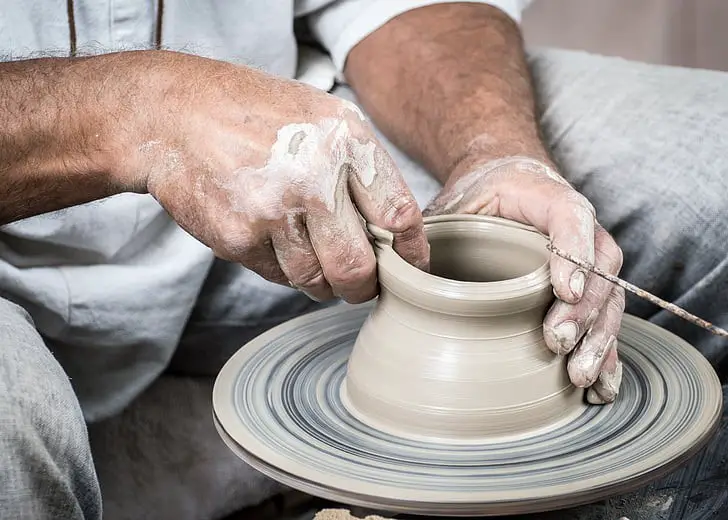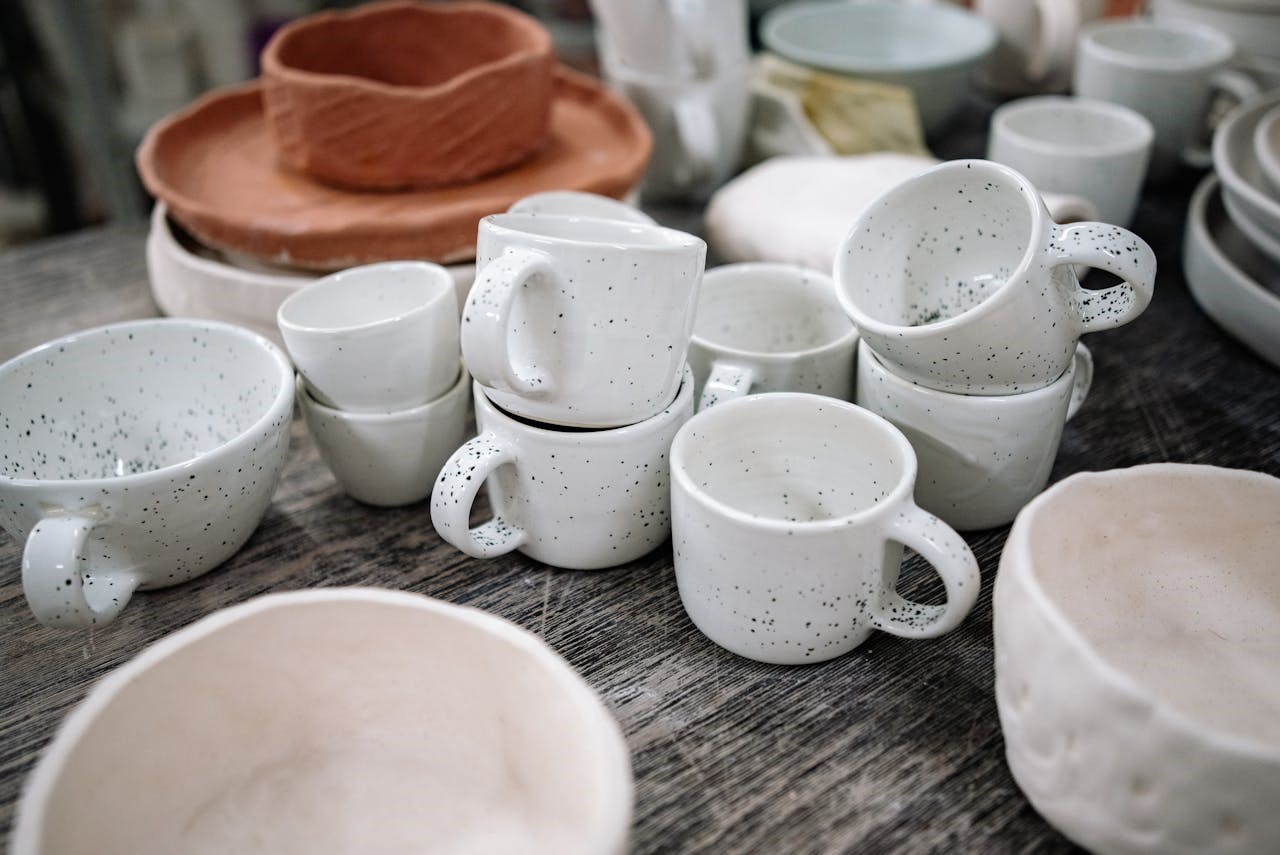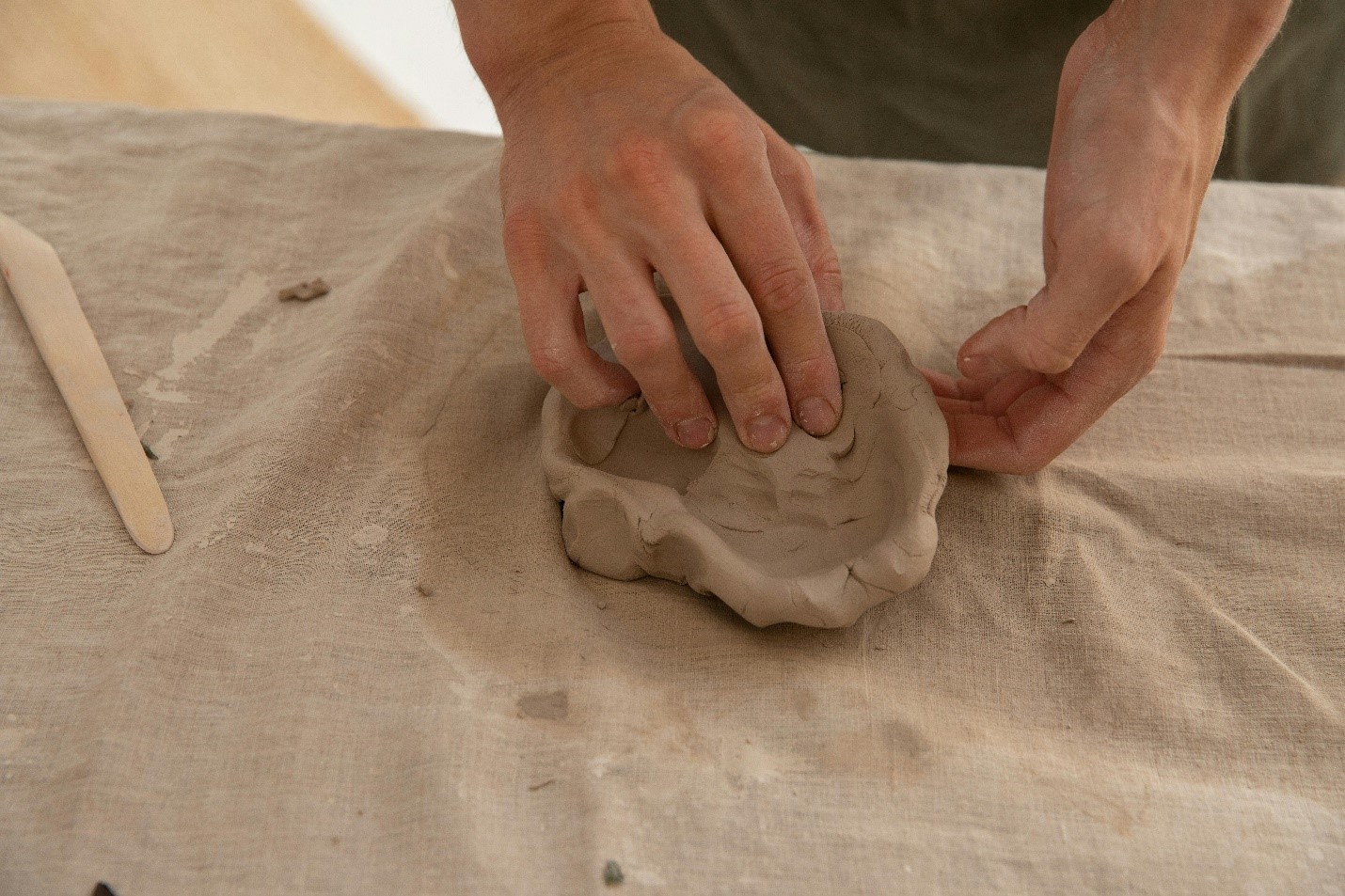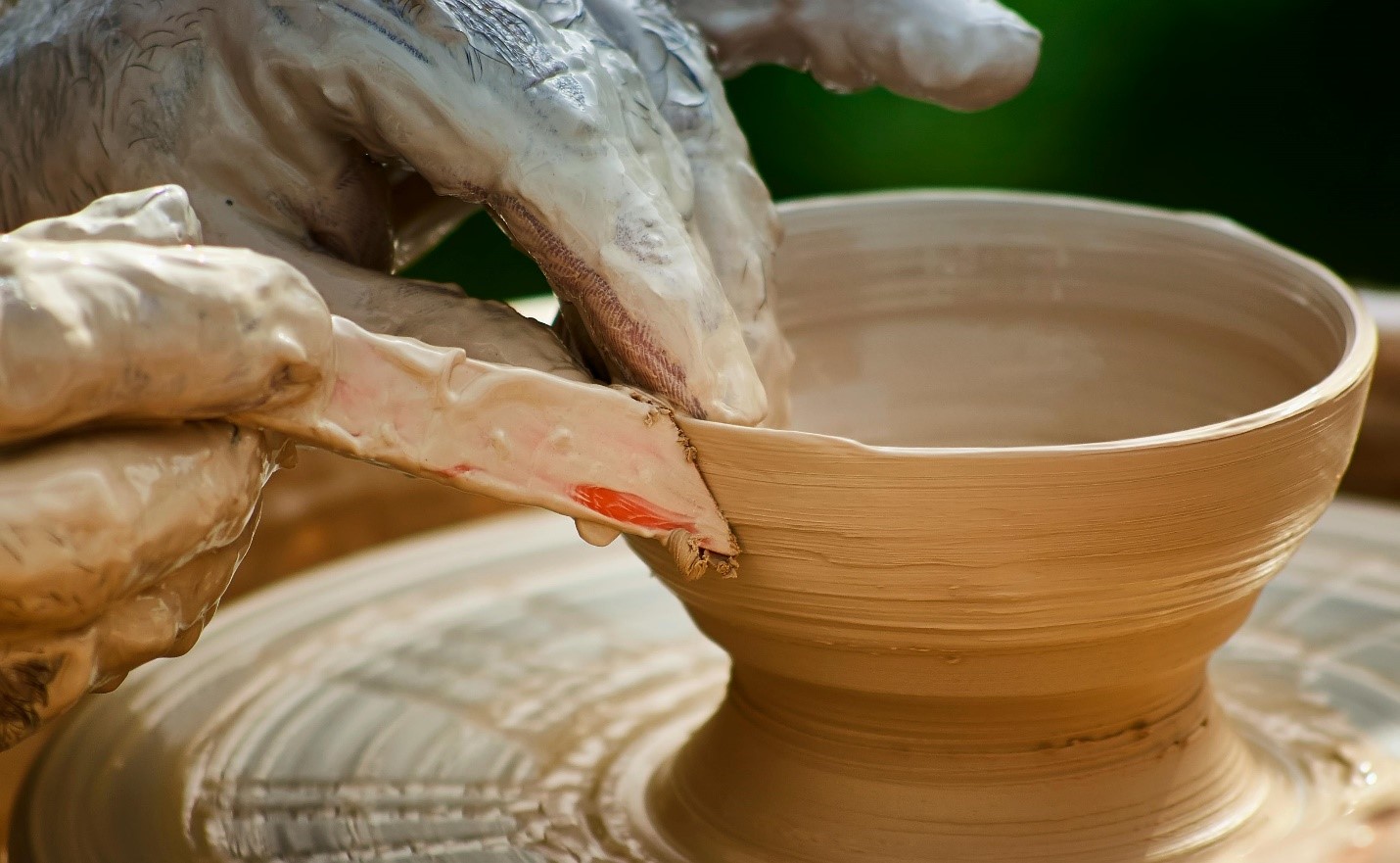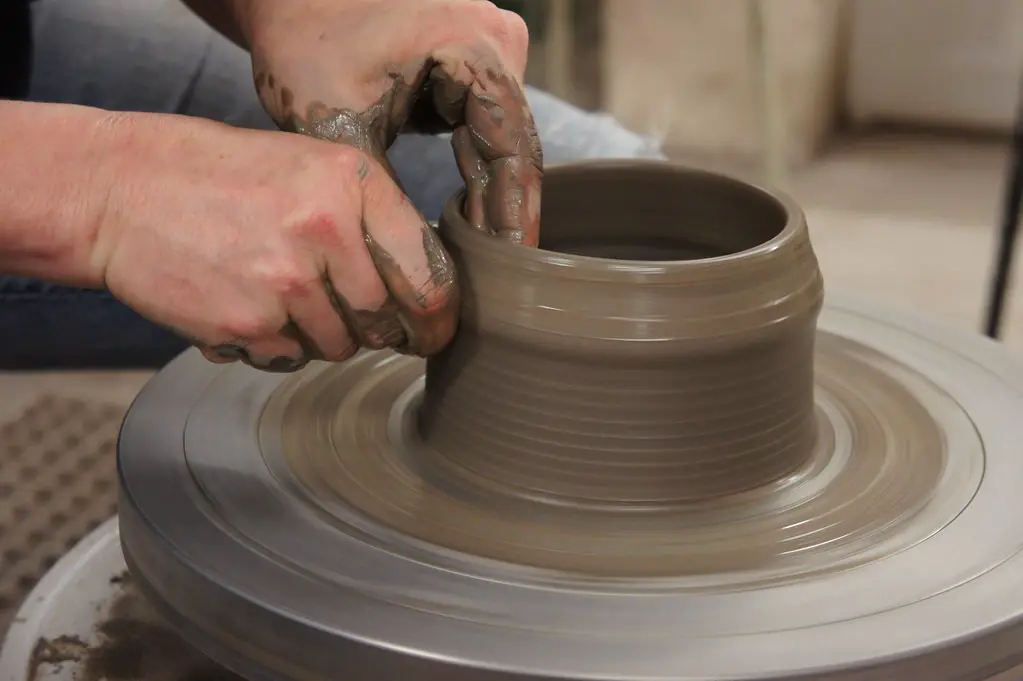Dishes with crazing are those dishes that are internally cracked, more like a spider web of tiny cracks. These cracks are present in the glaze, not in the pottery piece. Crazing dishes are not food-safe to any degree. Even for animals, they are harmful. You are advised against eating food in these dishes or even using them for dry foods. Doctors often advise people to discard crazing dishes in the house.
You must wonder why this is. The cracks on a crazing dish have internal fissures that carry harmful bacteria, which you cannot spot from the naked eye. It is harmful for living organisms such as us to use these dishes for consuming food since the bacteria can easily migrate into our food.
In this article, we shall delve into crazing, how it occurs, how to prevent it, and how you must deal with this dish if it cannot be revived.
What is Crazing?
You may have seen a piece of pottery, even at home, with a surface resembling a spider’s web; tiny cracks are spreading on the dish. These cracks are not on the pottery but on the piece’s surface. It is called crazing. It happens on the glazed layer, indicating that the dish is not properly glazed.
Crazing can be eliminated while making pottery if good-quality clay is used. Clay quality plays a vital role in pottery making. So, without further talking about crazing, let’s know why and how the crazing of dishes takes place.
How Does Crazing Occur in Dishes?
Various causes facilitate crazing in dishes. Here are a few usual reasons why:
| Factors | Reasons |
| Temperature | Crazing in dishes or plates can occur due to changes in temperature or humidity. If you live in an area where the humidity level is at its highest, then issues like crazing on your dishes are regular things you will encounter. |
| Moisture | Crazing can also be caused by moisture; for example, if you are trying to show off your creativity by using a dish as a planter, then the plate can catch moisture and end up crazing. |
| Storage | While traveling, if your dish gets bumped into something hard or it is permanently stored in your storage room, then also crazing might occur. |
| Prolonged Usage | One thing that we all should keep in mind is that everything decays with time. Crazing also happens because of extended usage, so most vintage and antique items are susceptible to this issue. You can relate it to wrinkles that occur on human faces due to aging. Therefore, crazing is the wrinkle of pottery as it ages. |
How Do You Remove or Prevent Crazing from Pottery Dishes and Turn Them Food-Safe?
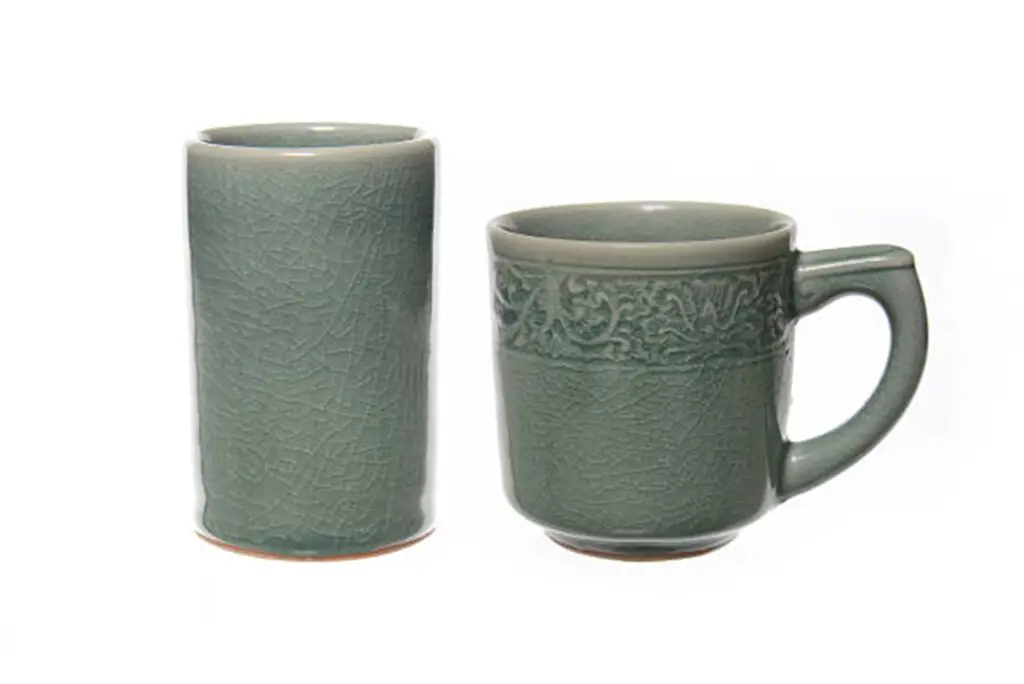
Now, a person cannot wholly remove crazing; instead, you can remove the bacteria that have collected into the crevices of the crazing. There are specific ways that you can utilize to prevent crazing in dishes in the first place. As mentioned above, changing temperatures can also cause crazing to occur.
However, you must be aware of the temperature fluctuations in your dishwasher. Yes, it would be best never to use a dishwasher on your expensive ceramicware. It is always a good idea to wash the dish using warm water. Keep your pottery dishes safe by washing them by hand.
Here are some homemade remedies you can use to repair the crazing of your porcelain dishes.
1. Soap and Water:
It is the gentlest cleaning way to start. Soap and warm water are the safest options to clean your furnishings. A simple dish soap that does not have any scent or dyes in it is the best to use here. To scrub the dishes, always use a washcloth and avoid using anything more abrasive, like a brush or sponge, as it can cause damage to the plates.
If this method does not remove crazing, you can also try soap soak. Fill some extremely soapy water in a container and place your dishes in it to get soaked thoroughly. Ensure the container is big enough so the plates are not stacked up but entirely submerged. This method will help obliterate the crazing stains and make your unsafe dish food safe again.
2. Hydrogen Peroxide:
Dark red and brown colored stains can set into crazing on the dishes with time. Such stains will make your porcelain look dirty and unhygienic. However, you can use hydrogen peroxide and soak the porcelain dishes while placing them in a container for at least 48 hours. Again, do not stack the plates, but allow them enough space in the container for better cleaning.
This method should be avoided in case your porcelain is broken or chipped. If you use this technique, do not clean the dishes altogether; instead, start one by one to see if hydrogen peroxide is too harsh on your plates.
3. Baking Soda Paste:
This method is worth trying for crazing repair and making dishes food-safe. You are required to make a baking soda paste for this one. It is an all-natural paste; all you need to do is mix the baking soda and water. Then, apply a paste to the crazing dishes using a toothbrush to remove the stains. This method is beneficial if you are in a hurry and have little time to soak the dishes.
4. Oxygen Bleach:
For this method, we recommend you use store-bought oxygen bleaches like the Grab Green Natural Bleach. This bleach is generally used for laundry, but it can also be used for pottery. It can also work if you purchase a liquid form of oxygen bleach.
Mix the powder in hot water and keep stirring until it cools down. Next, soak the crazing dishes in the mixture for a few hours. This technique will help you to repair crazing and keep your porcelain dishes shiny and food-safe.
What Do You Do When Crazing Does Not Go Away?
If the ways mentioned above to revive the crazing wares did not work out for you, you should not lose hope. Indeed, crazing on such delicate wares can never wholly be cured. There are some ways you can adopt if your wares are beyond help. Let us understand this in detail:
1. Buy New Ceramic Wares:
The undeniable thing to do now is to invest in new, good-quality ceramic ware that will be much safer than the cracked dishes. Accept that the previous dishes have run their course, and you can get ones that look just like them!
2. Create Undamaged Wares:
If you made the wares that have undergone crazing or are some sort of artist yourself, invest some time in creating undamaged and better wares. Engage in safer practices that guarantee fewer cracks later on to make genuinely sustainable pieces.
3. Recycle Crazing-Struck Wares:
The crazing wares not now fit for consumption can always be recycled. You can give them to the local recycling organization or authorities. If that is not your thing, you can explore your artistic side and decorate the piece to create an adornment for your home.
Conclusion
Crazing cannot completely be stopped, but as an artist or an owner, you can take it upon yourself to make it partially food-safe to some extent. However, these dishes are often harmful, so what can happen to your health if you eat them is unpredictable. The fissures of the cracking are often breeding grounds for bacteria. The tricks mentioned above can help you extend their durability, and you may also consider recycling them if these do not work for you.



